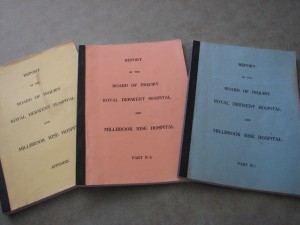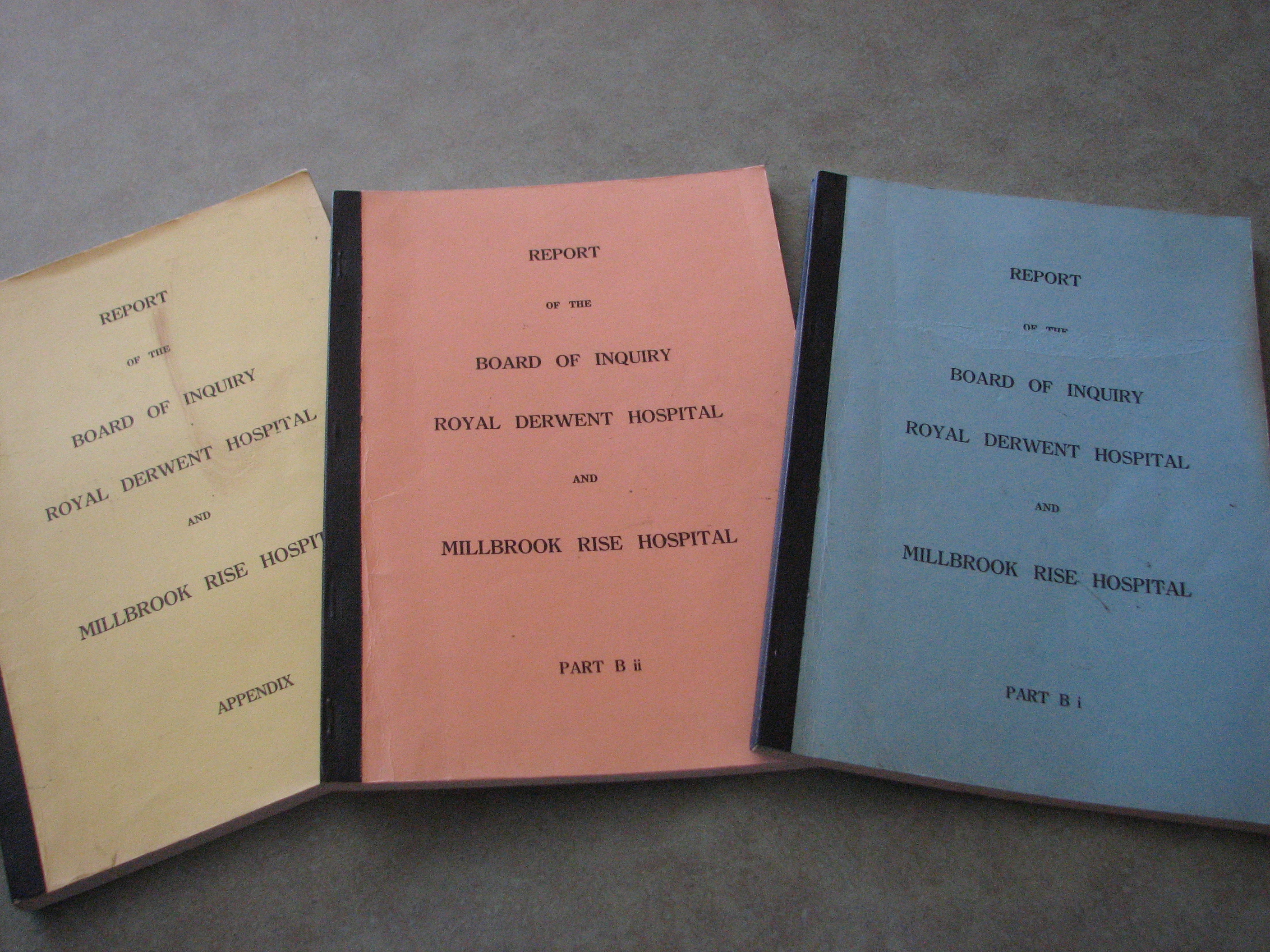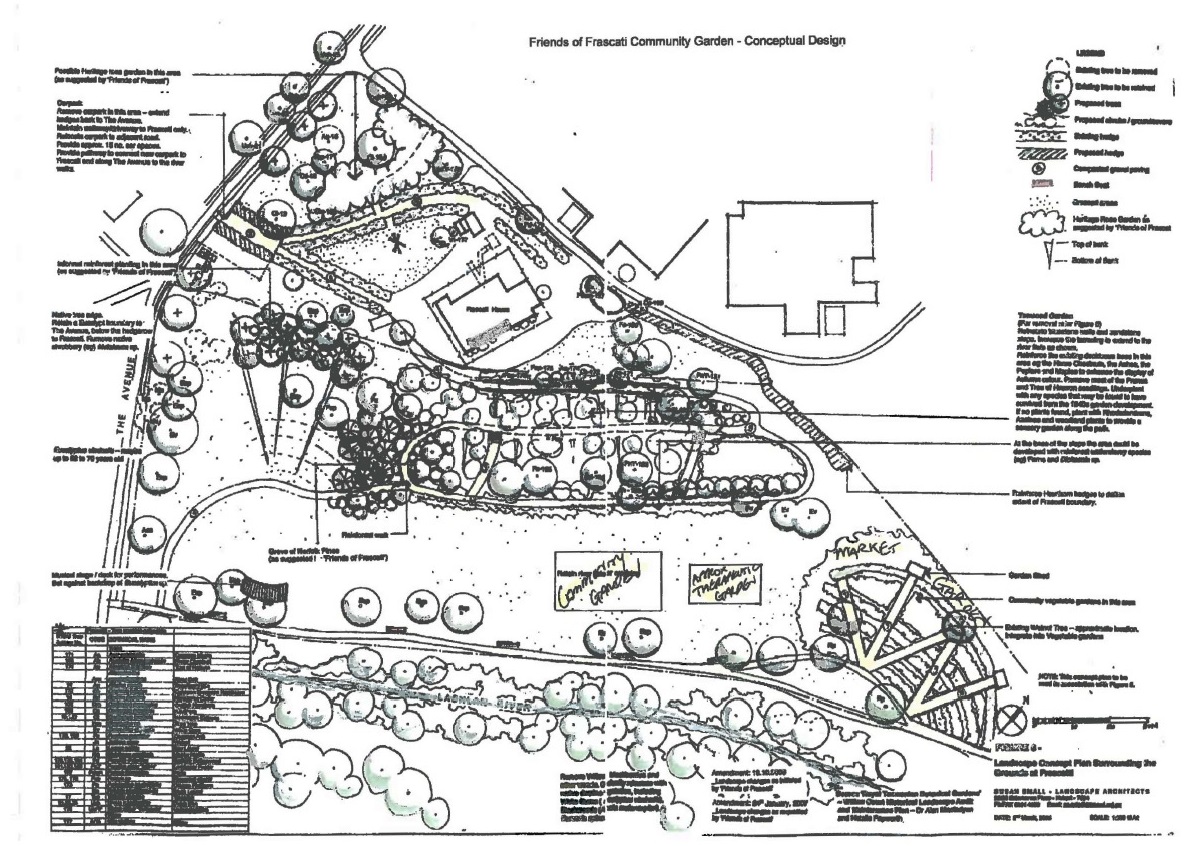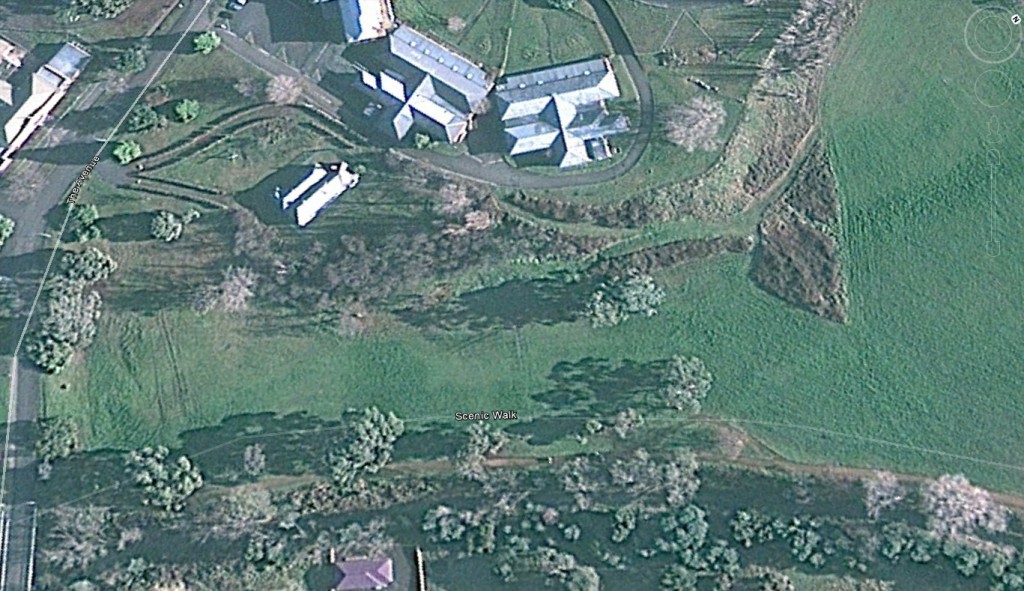State by State briefing of de-institutionalisation. 1988 full paper
AN OVERVIEW OF THE DEINSTITUTIONALISATION OF SERVICES TO THE INTELLECTUALLY DISABLED IN AUSTRALIA
New South Wales
In 1983 the New South Wales Department of Health began to implement the “Richmond Programme” to deinstitutionalise services to people with intellectual disabilities and the psychiatrically ill. By March 1988 over 390 intellectually disabled people had been moved out of institutions into community group homes and plans were being implemented for many more. At the same time a network of community-based services had been established included diagnostic and professional support teams, day activity centres and respite care services. There had been some industrial difficulty with this programme and some public resistance, most of which related to the deinstitutionalisation of people with psychiatric disabilities. The new Liberal Government in New South Wales has placed a freeze on the Richmond Programme and promised that the hospitals which had been threatened with closure will not be closed.
Western Australia
Western Australia’s one traditional institution for people who are intellectually disabled was “Swanborne Hospital”. This was run down and closed in the period 1979-1984 when the 350 residents were moved into hostels and group homes. During the 1960s a group of hostels had been built in an area known as “Pyrton”. This is now regarded as being too much like an institution and programmes have been developed for the residents to be moved into group homes and other non-institutional services.
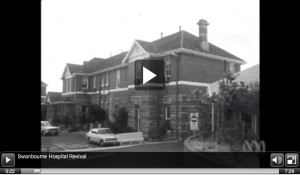
RIGHT CLICK MOUSE ON PICTURE AND OPEN IN NEW TAB TO WATCH THE VIDEO
Swanbourne Hospital Revival ABC (Claremont Hospital) Museum being created.
Queensland
The Queensland Government has a firm commitment to deinstitutionalisation and to the development of its “Alternative Living services” within its Intellectual Handicap Services Branch (which was recently transferred from the Department of Health to the Department of Community Welfare). There are two major State institutions in Queensland. Challinor Centre at Ipswich now has a population of 280 and it is planned that this will be reduced to 180 by 1990. The Basil Stafford Institution in Wacol has reduced its population to 157.
The predominant strategy has been to move residents into Government managed group homes. However, a number of non-government agencies have received 90% deficit funding of operating costs to provide group home services.
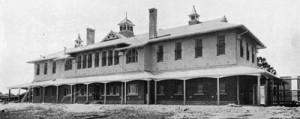
Challinor Centre at Ipswich
South Australia
South Australia has three institutions for people with intellectual disabilities – Strathmont (News report 2011) is a State institution with approximately 530 beds. It has a policy of admitting only one person for every three discharged. Minda is a non-government institution with a population just under 500 beds. Plans for its down-sizing are in hand. Ru Rua Nursing Home is a State-owned and managed nursing home for 91 severely multiply disabled younger people. A joint Commonwealth/State programme has been commenced and is placing all residents in four-bed group homes. This institution will be closed in the near future.
Northern Territory
The Northern Territory does not have any institutions for people with intellectual disability. Several “cottages” with up to six beds have been established for people with severe or multiple disabilities.
Victoria
The Victorian Government commissioned a “Ten Year Plan for the Redevelopment of Intellectual Disability Services”. The interim report has proposed that community support services should be developed which will enable the closure of all institutions. Wide-ranging public consultations have taken place over this report and a final set of recommendations to Government is expected to be ready by May 1988. In recent years the 200 bed St. Nicholas Hospital has been closed and all community residential units have been established and a number of community based demonstration projects have been commenced. Funding to community based support teams for people with intellectual disabilities has been increased. The number of beds in institutions is reducing.
On of St Nicholas Hospital’s more famous past resident is Anne McDonald, you can read her full story by right clicking HERE and opening in a new tab
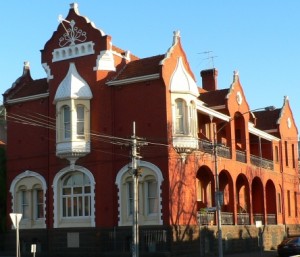
By Biatch at en.wikipedia (Own work Transferred from en.wikipedia) [Public domain], via Wikimedia Commons
 “Further south, the township of New Norfolk in the Derwent Valley is a service town for the agricultural and remaining forestry activity in the surrounding area. New Norfolk has a deep soul, and many locals still have close and personal connections to the historically significant Willow Court, which was for many years Tasmania’s institutional psychiatric asylum. The buildings, which pre-date Port Arthur, are some of the oldest in the nation. It is a national disgrace that such significant architectural and social history is being neglected.” Eric Hutchinson. first speech as the Member for Lyons. 3 December 2013.
“Further south, the township of New Norfolk in the Derwent Valley is a service town for the agricultural and remaining forestry activity in the surrounding area. New Norfolk has a deep soul, and many locals still have close and personal connections to the historically significant Willow Court, which was for many years Tasmania’s institutional psychiatric asylum. The buildings, which pre-date Port Arthur, are some of the oldest in the nation. It is a national disgrace that such significant architectural and social history is being neglected.” Eric Hutchinson. first speech as the Member for Lyons. 3 December 2013.
